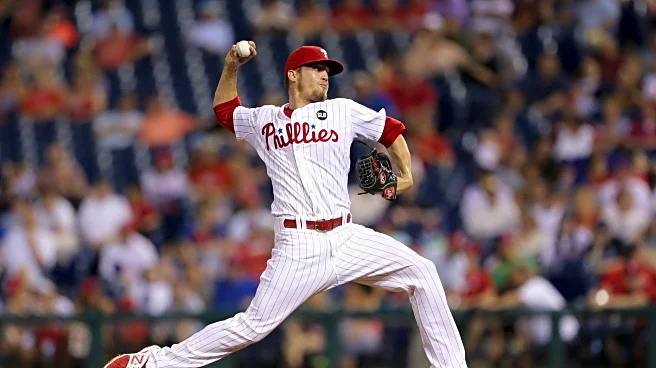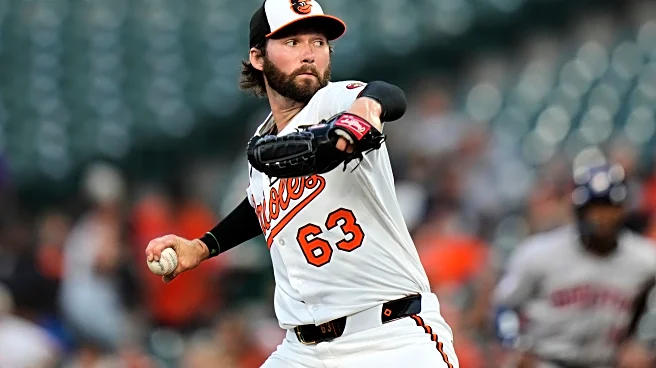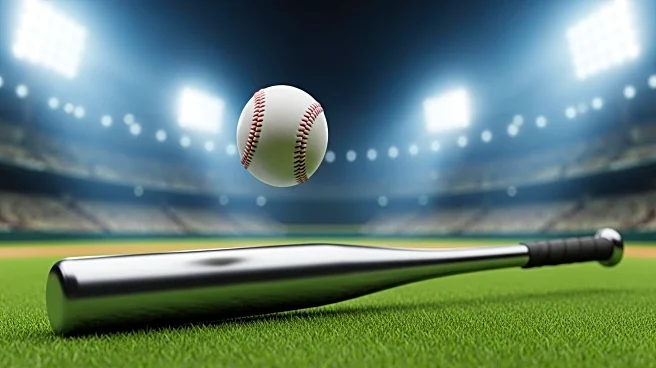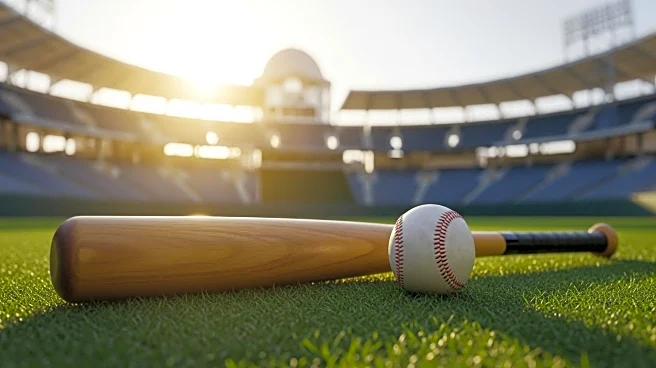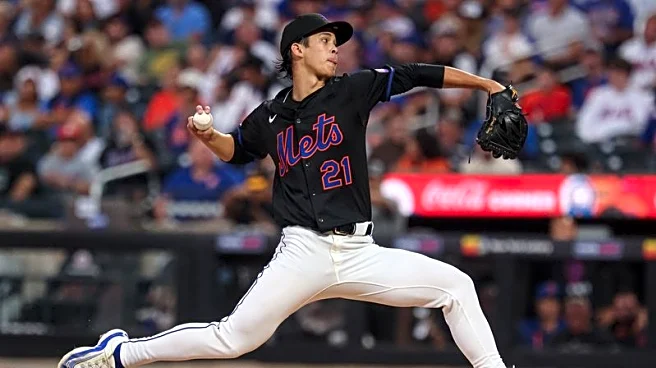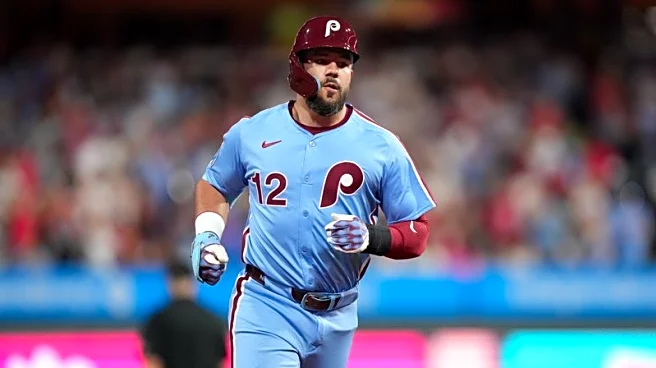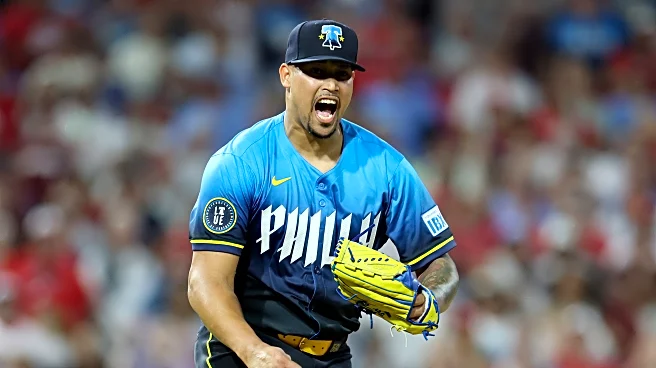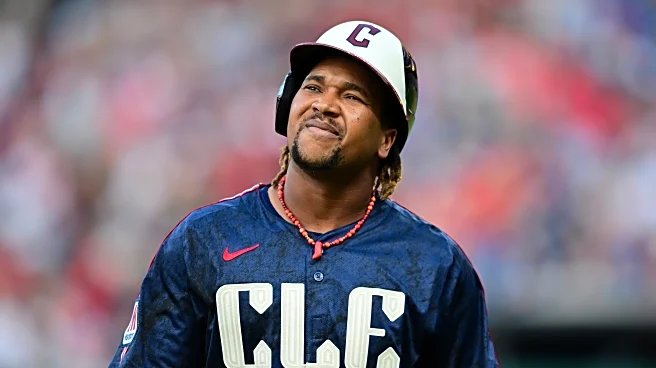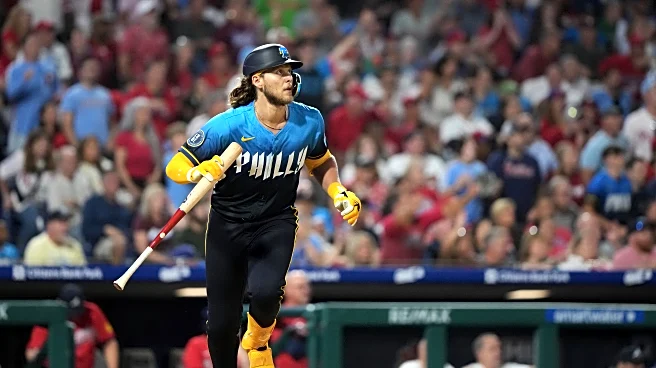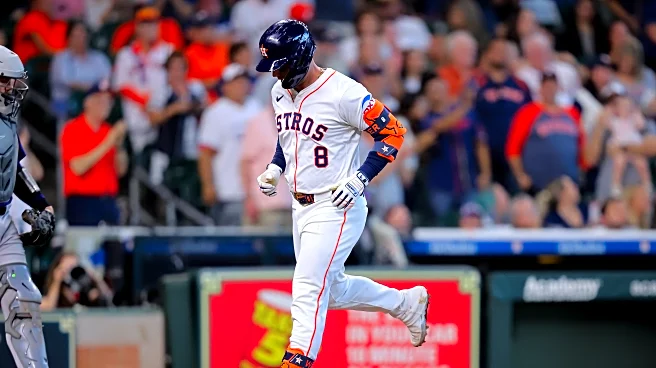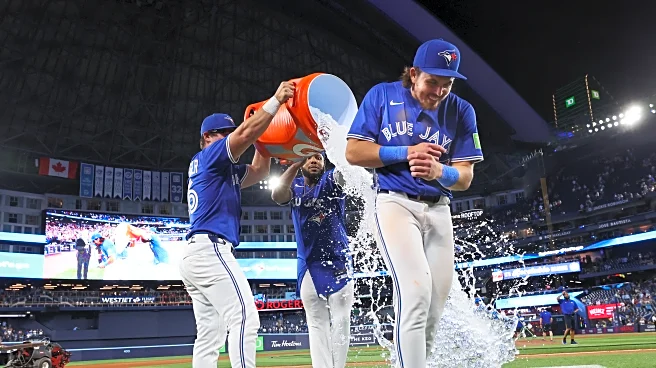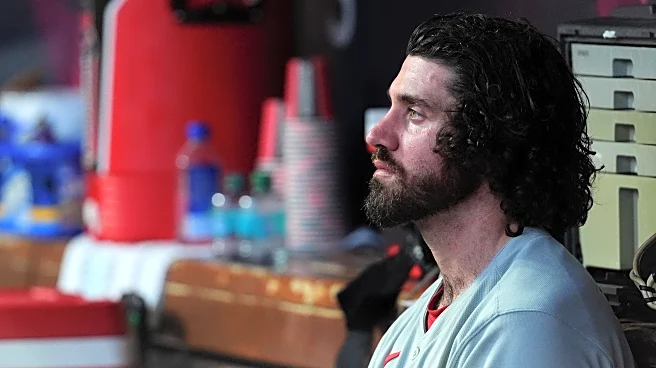
Since acquiring Jhoan Duran last month, Phillies fans have delighted in watching him close out games by throwing 100+ MPH fastballs. While the 2015 Phillies weren’t nearly as successful on the field as this year’s version, in August of that season, fans also got to enjoy watching a flamethrowing righthander serve as the closer.
After debuting in June 2014, Ken Giles quickly rose the ranks of the Phillies’ trusted relievers. The hard throwing “100 miles Giles” soon became the team’s primary setup man
behind closer Jonathan Papelbon. Heading into 2015, the Phillies had plenty of visible weaknesses, but the backend of the bullpen was not one of them, with Papelbon and Giles as a game-shortening duo.
As the trade deadline approached in 2015, Papelbon was all but begging to be traded. The Phillies finally granted him his wish, sending him to the Washington Nationals. The trade didn’t work out well for the Nats. Paps’ arrival seemed to cause former closer Drew Storen to melt down, and he also tried to choke out the team’s young superstar.
With Papelbon out of the picture, Giles was moved to the closer’s role. For some reason, some fans were overjoyed with this move. Instead of having a relief weapon that could be deployed with flexibility, Giles was now mostly locked to situations when the Phillies were leading heading into the ninth inning. (And if you know your 2015 Phillies history, leading games wasn’t something they did all that often.)
But at least Giles took to the role with aplomb and turned in a terrific month of August. He pitched in eleven games and gave up just one earned run. He was handed eight save situations and closed out all eight of them, usually in dominating fashion. His stat line for the month: 11 IP, 0.69 ERA, 1 ER, 17 K, 1 BB.
His September wasn’t as dominating, as he blew two saves, but still the Phillies felt pretty good about their closer. (They couldn’t say the same about pretty much any other position.) However, new general manager Matt Klentak decided that the 2016 Phillies weren’t going to be very good and felt a top closer was a bit of a luxury. With the Phillies in the early stages of a rebuild, he thought it was wise to sell high on Giles and add some prospects who would help them when the team was in better position to contend.
There was logic behind that decision, but unfortunately the prospect package they received in return was not good: Mark Appel (former top prospect who was unable to resurrect his career), Thomas Eshelman (traded for international bonus money, turned out to be quad-A reliever), Brett Oberholtzer (ineffective reliever who pitched for them in 2016), and sigh… Vince Velasquez (probably my least favorite Phillie ever).
Results were mixed for Giles in Houston. His velocity dropped a bit and “95 miles” Giles wasn’t quite as effective. He had a down year in 2016, bouncing between the closer and setup roles. But then in 2017, he saved 34 games, and the Astros won the World Series.
The rest of his career didn’t go so well. He struggled in 2018 and was eventually traded to the Blue Jays. He was inconsistent for Toronto before suffering an elbow injury in 2020 that would require Tommy John surgery. He attempted to make a comeback but only made it back to the majors for a five-game stint with the Mariners in 2022.
Giles’ career didn’t live up to the early promise it once seemed to hold. But for one month, Phillies fans knew that if the team held a lead heading into the ninth inning, they had a dominant closer on hand to finish things off.
